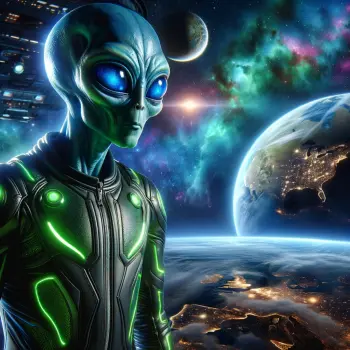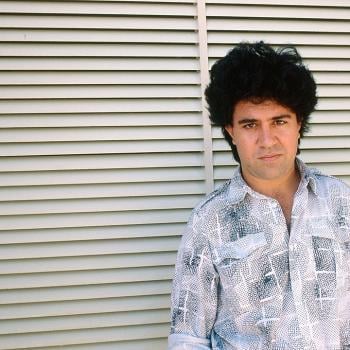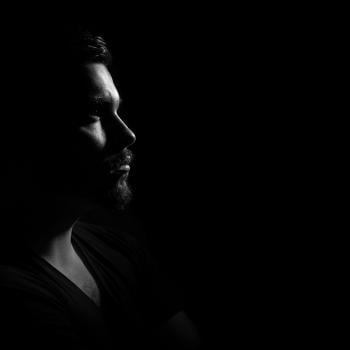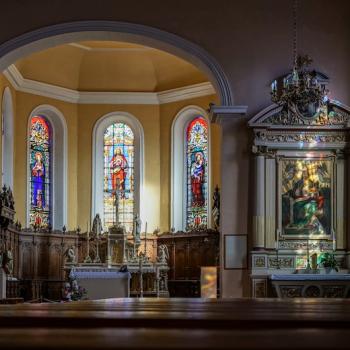Survivors of the Holocaust never have an easy time living with their memories. Each year's commemoration (this year, on May 2nd) of Hitler's war against the Jews dredges up flashbacks that many would like to forget. Each year, it gets a little harder. As more of them succumb to the passage of time, those who live on assume the burden of being the last eyewitnesses to the unspeakable.
Even more difficult is having to face up to the failure of two of their predictions. They had believed that no one would ever forget what they endured. They also believed that because so many photos, newsreels, interviews, books, and movies captured parts of their experience, the world would not be capable of turning their backs on genocide again.
They were wrong about both counts. Holocaust denial is alive and well, fed originally by hard-core Western anti-Semites, but increasingly by Iran's Ahmadinejad and many in the Arab world. It took less than a half-century for many to deny what still gives survivors nightmares.
Perhaps more frighteningly, those who were fully aware of events of the Holocaust, and how Western indifference provided Hitler with all the free rein he wanted, seemed to have learned nothing. Cambodia, the Congo, Rwanda, Darfur all showed survivors that the rest of the world could become aware of the impending deaths of hundreds of thousands or even millions of people—and do close to nothing to prevent them.
This was a very bitter defeat for survivors. Although six million had died, survivors thought that those deaths would be an important turning point for world civilization. Perhaps an even greater number would be saved in the future by a world committed to preventing future genocides. Instead, the world grew more comfortable with the phenomenon of mass killing, rather than resistant to it.
In telling their story to the world, two distinct strategies had emerged from the survivor community. Both could claim objective truth, but they were mutually exclusive in their implementation. One view stressed the uniquely Jewish aspects of the Holocaust. Although millions of non-Jews like disabled people, gays, and Roma were exterminated (and tens of millions of others died as "collateral damage" of the War), no other group was systematically marked for extinction and hunted using the full range of technological ability available at the time. This made the Jewish experience unique. The problem with this strategy is that it did not speak adequately to the non-Jewish world, which could not be expected to fully relate.
A second strategy sacrificed some of the Jewish experience by universalizing it. It treated the Holocaust as an extreme example of Man's bestiality to Man. It downplayed the history of European anti-Semitism that insured the avid cooperation of tens of thousands of eager helpers to Hitler's troops. It underscored what can happen (and what indeed continues to happen) when ordinary people remain silent in the face of hate speech and stereotypes. Some Jews were uncomfortable abandoning what they knew all too well was a uniquely Jewish part of their experience; others were eager to find any way in which to share that experience as much as possible, even if it meant that their message had to be diluted.
These two strategies amount to two different ways in which collective memory is used and valued. Some see it as important primarily for members of the affected group, while others cherish it is a teaching tool for outsiders.
Interestingly, the debate over the proposed Latino museum on the National Mall in the nation's capital shows elements of both of these uses of memory. Native Americans, African Americans, and Jews are telling their stories in existing or proposed structures. Shouldn't Latin Americans be doing the same?
Lisa Navarrete, a spokeswoman for the National Council of La Raza, bemoaned the fact that younger Latinos cannot see "their community and history and legacy reflected" in Washington. To Ms. Navarrette, memorializing Latino history in the United States is important primarily to other Latinos.
A different perspective becomes available in considering—or, more accurately, rejecting—the view of Rep. Jim Moran (D-Virginia). "I don't want a situation where whites go to the original museum, African-Americans go to the African-American museum, Indians go to the Indian museum, Hispanics go to the Latino American museum. That's not America." Mr. Moran astonishingly misses the point. The museum, if constructed properly, should be designed with everyone else in mind as well. It should educate all other Americans about Latino history in a way that can meaningfully change their attitudes and behavior.
Here's an example. I work for the Simon Wiesenthal Center, which operates the Museum of Tolerance in Los Angeles. Last year, we hosted an exhibit on the black families that courageously (and at great personal expense) litigated against segregated schools, leading to the Brown v. Board of Education decision that ended separate-but-equal education. At about the same time, we learned about some of the little-known but important events that preceded the landmark case.





